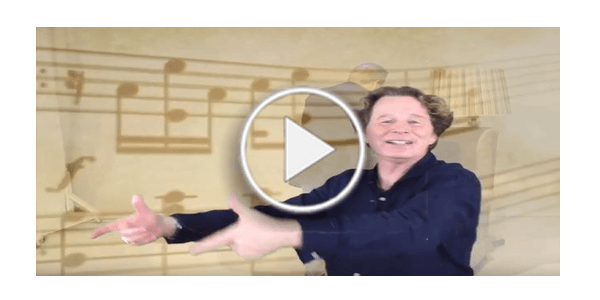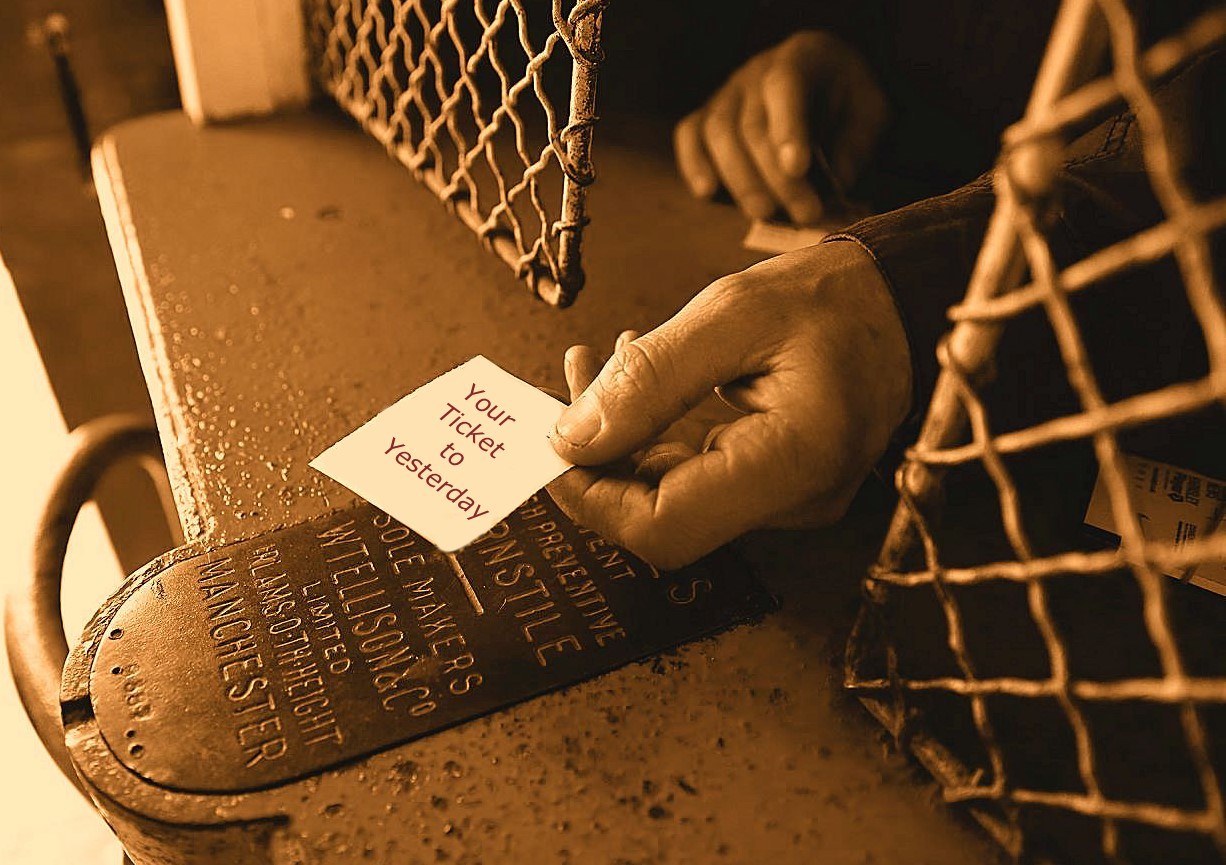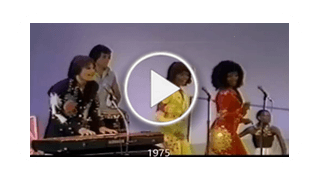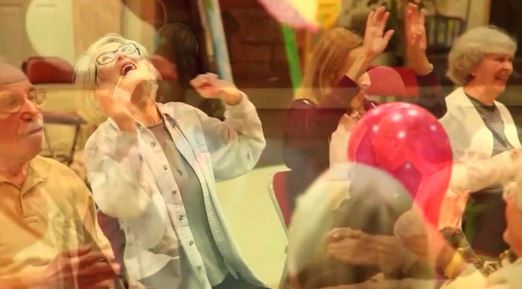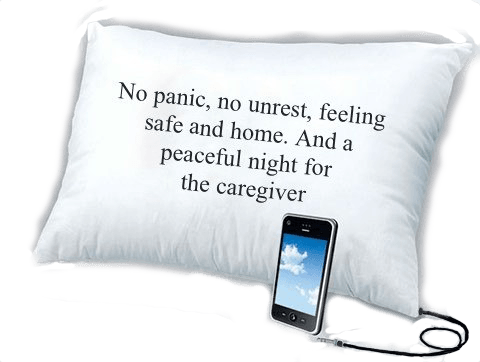– Classical – Opera – Operetta
– Country – Big Band – Jazz
– Religious – Foreign music
– Rock & Roll – Pop – Disco or Folk music
A liking for a
– Singer – Band – Group
– Orchestra – Composer – Artist
A favourite radio station?
– Which radio station ?
– To which radio show ?
– Think about the “radio plays” from those days
Sing or sang in a choir? Which songs sang the choir ?
Are there recordings of this? If yes use these recordings or try to find choral music
which sounds like these. When someone with alzheimer’s has sang in the past or
still sings, encourage to continue this or to pick it up again.
Music in the childhood home
– What music was listened to ?
– Which songs were sang ?
– Did they play an instrument at home ?
Play or played in a band or orchestra ? What kind of music did they play ?
Are there recordings of this? If yes, use these recordings or try to find similar music.
While listening to that music try if the person wants to play that instrument again.
Has the person a preference for a musical instrument ?
Piano – violin – bagpipe – accordion – harmonica, etc ….
Play or played a musical instrument ?
When someone with alzheimer’s play or has played an instrument, encourage this to continue or to pick it up again. Musical skills are very deeply rooted in the brain and remain available.
The first music you or the person has bought ?
Look between the old records, cassettes and cd’s
Favourite movies or tv programs ?
Think about opening tunes and film music
A favourite comedian or humourist ?
Funny sketches make you laugh.
Sing or sang during work, washing the dishes or under the shower ?
If so, find the lyrics from those songs and sing along.
Dancing through the stars or taken dancing lessons in the youth years ?
Yes? Then search for dance music from that time and try while listening to that music if the person likes to dance again. If so, you have an exercise that gives pleasure for two.
Joy the magic of theatres, musicals or concerts ?
If yes, try to find the associated music.
Songs in regional dialect, which the person knows or likes?
or songs belonging to the person’s hometown ?
Are there songs belonging to special events ?
Religious music has often a special value for someone with alzheimer’s
even if it’s long ago that the person has gone to church.
– Did the person go to church ?
– To which religious community ?
– Which music was played or sung there in the 15-25 period (see below)
Think about Christmas songs and other festival songs
These songs are deeply stored in the brain.


